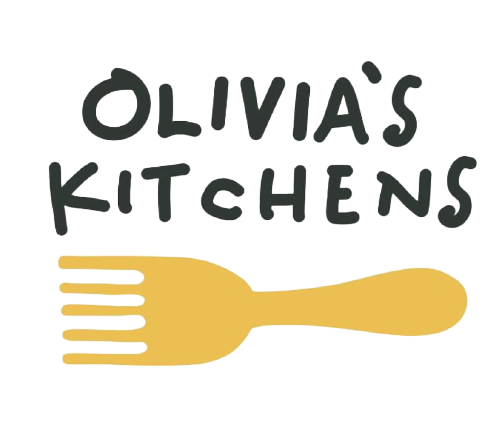Approximately 3,910 people call Downtown Cincinnati, OH home. One of Ohio’s most desirable residential areas, downtown Hamilton is located in Hamilton County. Most people that settle in Downtown rent rather than buy, giving the area a densely crowded feel. Numerous entertainment options, including watering holes, cafes, and green spaces, can be found Downtown.
Located in a basin along the Ohio River, in Cincinnati, OH, it is framed by steep hills on all sides. The streets in downtown Cincinnati follow a grid pattern. Vine Street acts as a divider between the eastern and western halves of the city. Covington and Newport in Northern Kentucky are accessible from Downtown Cincinnati via bridges that span the Ohio River.
Fountain Square, in the middle of Cincinnati’s Central Business District, is widely regarded as the city’s beating heart. In the crowded city center, you’ll find the 1871-dedicated Tyler Davidson Fountain. Lytle Park and Piatt Park are two other Downtown city parks. Some restaurants and bars may be found in the Backstage District, which developed around the Aronoff Center.
Cincinnati’s downtown is characterized by its abundance of historic architecture, with multiple historic districts and scores of structures listed on the National Register of Historic Places. Of the top 25 tallest buildings in Cincinnati, 24 of them are found in the city’s central business district. There is a public viewing platform at the 49th level of the Carew Tower.
The Cincinnati Skywalk is a network of elevated walkways that have been connecting downtown skyscrapers since 1971. Originally planned as a continuous 1.3-mile path, the Skywalk has now fallen out of favor with local officials and had sections removed.
Former commercial property, such as Park Place at Lytle, is being turned into luxury condos, making downtown Cincinnati a more desirable place to live. There are a number of museums in the downtown area, including the skyscraper-based Contemporary Arts Center, National Underground Railroad Freedom Center, and Taft Museum of Art. Waterfront entertainment and dining may be found at The Banks, a commercial and residential complex. After Cincinnati Bengals and Cincinnati Reds games at nearby Paul Brown Stadium and Great American Ball Park, the area is typically bustling with fans.
To this day, Cincinnati’s downtown remains the city’s primary financial district. By the middle of the nineteenth century, 16 of the city’s 24 banks had established themselves on Third Street, close to the bustling Public Landing river port. After the turn of the nineteenth century, commercial life centered on Fourth Street, which has remained ever since.
Over-The-Rhine
Olivia’s Kitchens of Cincinnati
